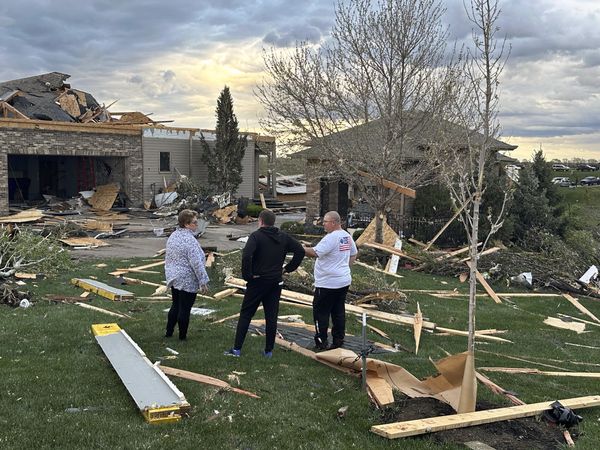
Consumer confidence took a further tumble in the past week as cost of living pressures continue to mount, and not helped by a renewed rise in petrol prices towards $2 per litre.
The ANZ-Roy Morgan consumer confidence – a guide to future household spending – shed another 1.3 per cent to 89.3, its lowest level since mid-August 2020 and during the depths of the early stage of the pandemic.
“Cost of living concerns are front and centre for consumers,” ANZ head of Australian economic David Plank said.
Concern about the outlook for interest rates is particularly weighing on respondents who are paying off a home and where confidence fell by a further 0.6 per cent for a cumulative 14.7 per cent decline in the past three weeks.
Consumer inflation expectations also rose 0.2 percentage points to 5.3 per cent as petrol prices rose.
The Australian Institute of Petroleum’s weekly report on Monday showed the national average for petrol prices rose by a further 5.4 cents to 185 cents per litre, the fourth weekly increase in a row.
Commonwealth Securities chief economist Craig James said petrol is the single biggest weekly purchase for most families and is currently a major influence on consumer sentiment.
“Higher fuel prices, together with the recent rate hike, constitute a double whammy for Aussie families,” he said.
“Retailers of discretionary goods and services are most at risk in the current environment.”
Meanwhile, economists will be looking for further hints on the interest rate outlook when the Reserve Bank of Australia releases the minutes of its May board meeting.
The RBA board endorsed a lift in the cash rate to 0.35 per cent from a record low 0.1 per cent at that meeting, the first increase in over a decade.
It came much earlier than the RBA had earlier indicated, but it couldn’t ignore the spike in the inflation rate to 5.1 per cent – the highest level since the introduction of the goods and services tax in 2000/01.
In its recent quarterly statement on monetary policy the RBA predicted inflation would now rise to six per cent by the end of this year, while indicating it will do whatever it takes to return inflation to the two to three per cent target.
“This will require a further lift in interest rates over the period ahead,” the statement said.
At this stage, economists are expecting a further 0.25 percentage point increase in the cash rate at the RBA’s June board meeting.
However, a bigger increase may be seen if Wednesday’s wages data for the March quarter proves stronger than forecast.
Whatever the case, economists expect the cash rate could reach around 1.5 per cent by early next year.







